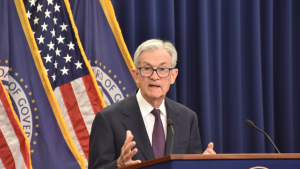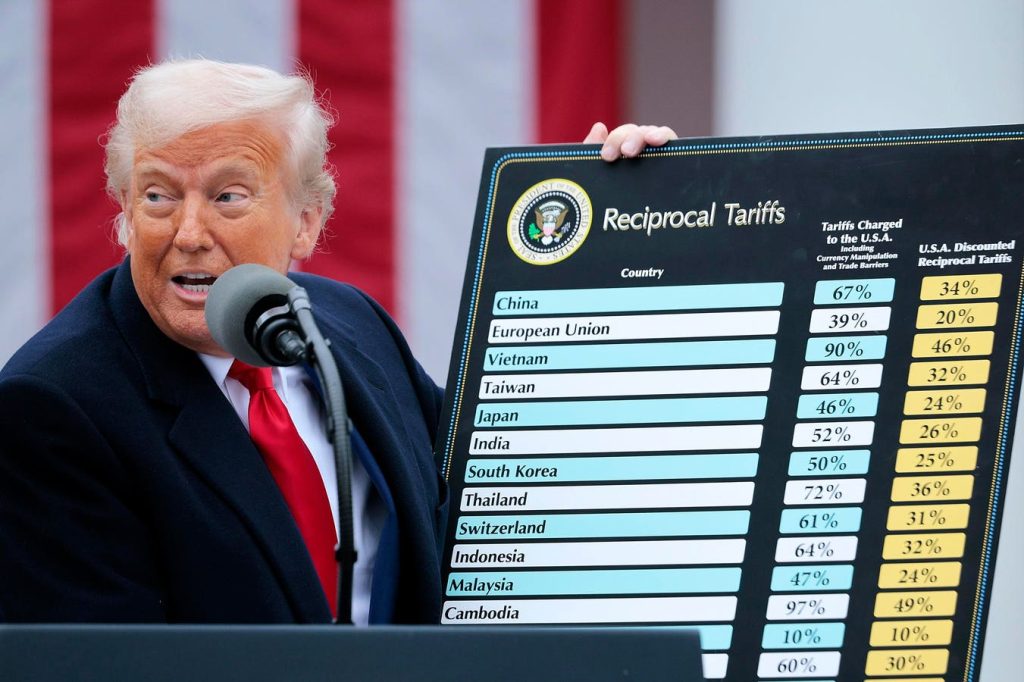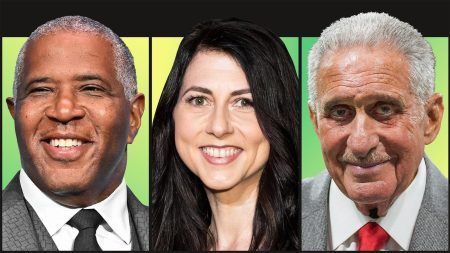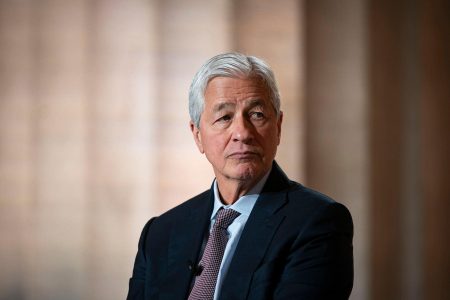Many people in economics, finance, business, and regular consumer life have been waiting for the forecast inflation, the tariff shock, that the Trump administration’s tariff strategy was supposed to bring. And yesterday, the Consumer Price Index inflation numbers came out, with year-over-year numbers reaching 2.7%, which also was the median of Dow Jones-surveyed economists’ estimates.
Was that all the impact of tariffs? Probably not, and much of what might happen is likely still to come. There’s some additional information as well, but let’s start with CPI, because
Breaking Down CPI And Tariff Shock
The 2.7% overall year-over-year increase was up from 2.4% in May. Then there’s core CPI, which takes into account prices without food and energy because of their volatility. A sudden change in either can throw off the entire average. In June 2025, gasoline was down 8.3% year over year, which makes a big impact.
Oxford Economics said in an emailed note that tariffs were “beginning to rear their ugly head” in the increase. But while that seems sensible, it may not be accurate.
The Bureau of Labor Statistics, which reports the CPI data, said that the index for shelter — up 0.2% month-over-month in seasonally adjusted terms (economists change numbers in an attempt to account for normal seasonal changes) and up 3.8% year over year in non-seasonally adjusted terms — was the “primary factor” in higher inflation.
That may not make sense at first glance. Gasoline was down even more than shelter, which includes rental housing and a rent equivalent for owned homes, was up. The explanation goes back to how the government calculates CPI. Every month, government employees across the country check local prices on a pre-determined basket of goods and services.
Each category represents a specific percentage of the whole basket’s value. Shelter is the largest single portion of the basket, at about a third. And so, an increase in shelter has an oversized impact on CPI values and inflation.
However, this, too, can be misleading. Getting updated information on shelter, particularly apartment rents, can take many months. Higher volumes of apartment construction has reduced rents over time in some markets, but that isn’t clear. So, it could be that inflation is a bit lower than the calculations suggest.
Next, PPI And Tariff Shock
On Wednesday, June 16, 2025, the Producer Price Index for final demand was released. Both headline (overall) and core were flat from May to June. These measures represent how prices change for businesses providing goods and services to others, so wholesale inflation.
Expectations were for a seasonally adjusted 0.2% month-over-month change, so there was less wholesale inflation. PPI year-over-year (non-seasonally adjusted) was 2.3%. In May, it was 2.7%. Core PPI was up 2.5% compared to 2.8% in May.
According to Oxford Economics, this was the second decline in the last three months. But don’t take that as good or bad news about tariffs. Economist Ernie Tedeschi, a former chief economist at the White House Council of Economic Advisors and now director of economics at The Budget Lab at Yale, posted on social media about a misunderstanding of PPI. “Unlike the Consumer Price Index (CPI), the Producer Price Index (PPI) doesn’t include imports,” he wrote. “Tariffs only indirectly affect PPI through later stages of the production process.”
Tedeschi did say that deeper in the CPI data were signs that tariffs were affecting “prices of import-exposed goods.”
“Apparel, which had seen cool inflation the last 2 months, grew 0.4% in June,” Tedeschi wrote. “Household furnishings grew 1%. Video & audio electronics grew 1.1%.” He also said that the difference between month-over-month actual growth and what the Fed had expected, “the excess is almost entirely because of core goods, the piece most exposed to tariffs.”
Perhaps things will be fine, but it will take more time to know one way or the other about the arrival of tariff shock.
Read the full article here









